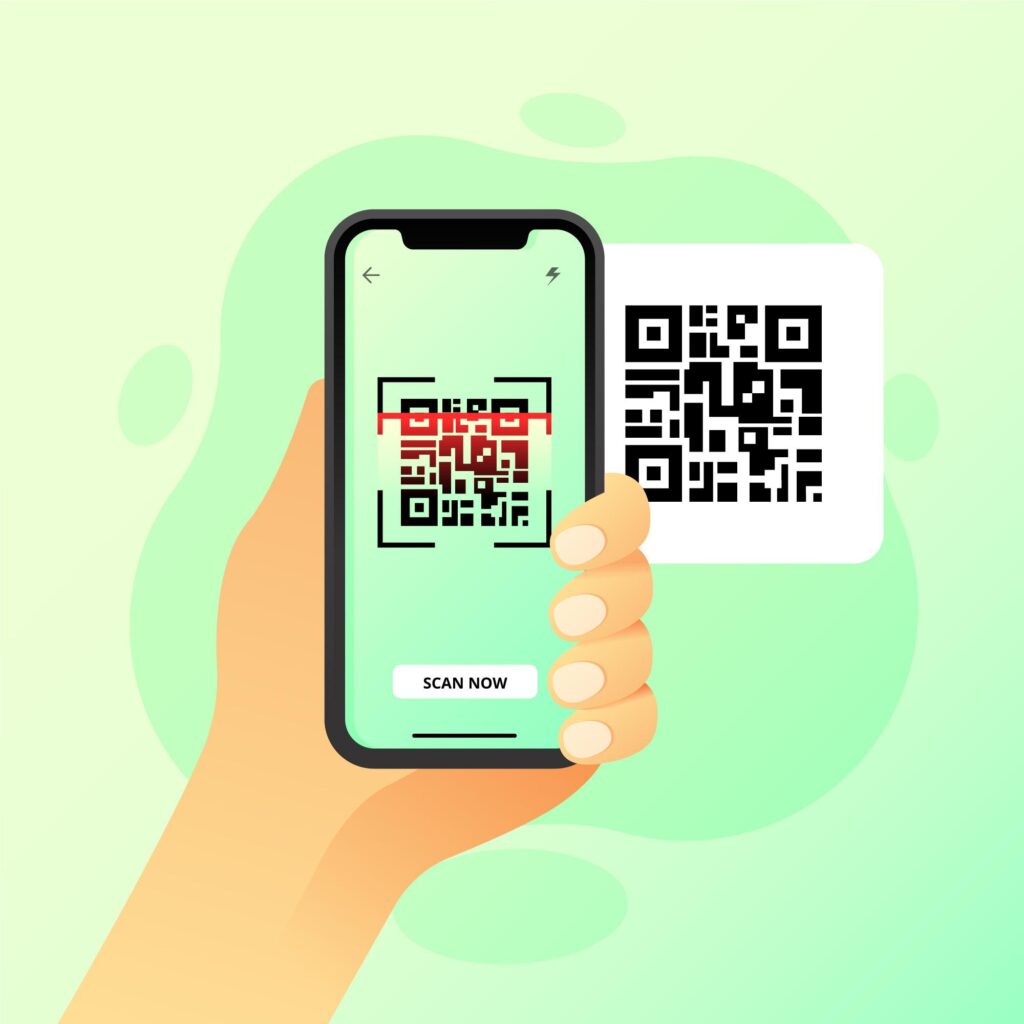
In the digital age, the seamless blend of online and offline experiences has become essential for brands aiming to build loyalty and engage with customers. One of the most versatile tools facilitating this integration is the QR code. Once an overlooked technology, QR codes have gained a new life in recent years, offering businesses a simple yet powerful way to enhance customer interaction. With just a smartphone camera scan, customers can access discounts, interactive content, or even personalized recommendations. Let’s dive into how brands are leveraging QR codes to drive customer loyalty and boost engagement.
The Rise of QR Codes in Modern Marketing
QR codes were invented in the mid-90s in Japan as a tool for quickly tracking parts in the automotive industry. Their usefulness gradually expanded beyond manufacturing, but it wasn’t until the COVID-19 pandemic that QR codes truly gained global popularity. In an era where touchless technology became a necessity, QR codes emerged as an accessible, low-cost solution. For brands, they offered a chance to connect with customers on mobile devices without requiring additional hardware.
Today, QR codes are not just a way to access restaurant menus—they have evolved into powerful tools that companies are using to deepen customer relationships. Brands can create QR codes with a QR code maker in seconds, linking customers directly to exclusive digital content, loyalty programs, personalized discounts, and more. This technology opens doors for brands to innovate and find new ways to interact with customers, regardless of location.
Enhancing Loyalty Programs with QR Codes
Loyalty programs are a tried-and-true method for encouraging repeat purchases and strengthening customer relationships. QR codes have revolutionized this approach by making loyalty program enrollment, access, and use much simpler. For instance, brands can include QR codes on product packaging or in-store displays that, when scanned, provide access to loyalty program sign-ups or points tracking.
Consider the example of Starbucks. The coffee giant uses QR codes within its app to let customers earn and redeem loyalty points at checkout. This process not only speeds up transactions but also incentivizes customers to use the app for their purchases, creating a consistent connection point with the brand. Similarly, many retail brands now place QR codes in their stores that allow customers to immediately enroll in loyalty programs, often with instant rewards like a discount or a free item. This instant gratification encourages more people to join, ensuring loyalty programs are robust and active.
Personalizing Customer Experiences
Brands today are seeking ways to offer personalized experiences that go beyond mass marketing, and QR codes are playing a crucial role in achieving this. By linking QR codes to interactive digital experiences, brands can tailor interactions to individual customers, enhancing engagement.
For example, makeup brands like Sephora use QR codes in their stores to link customers to personalized beauty tutorials based on the products they’re browsing. After scanning a code, the customer can access videos, tips, and even personalized product recommendations. This level of personalization makes customers feel seen and valued, increasing the likelihood that they’ll return.
In another example, Nike integrates QR codes into its stores that connect shoppers to online product pages, where they can view additional details, check availability in different sizes, or even customize products to their liking. By combining physical and digital touchpoints, Nike strengthens the customer’s connection to the brand and creates a smoother shopping experience.
Boosting Customer Engagement with QR-Driven Campaigns
QR codes can also drive engagement by connecting customers to interactive campaigns. In-store or out-of-home ads that feature QR codes enable brands to bring static advertising to life, allowing customers to interact with campaigns in a fun, digital way. For instance, beverage brands like Coca-Cola have used QR codes on their product packaging to launch digital experiences tied to campaigns, such as virtual games, video content, or sweepstakes.
One standout example of QR codes boosting engagement is Heineken’s campaign in collaboration with the James Bond movie franchise. Heineken used QR codes on its bottles that, when scanned, allowed customers to access exclusive behind-the-scenes movie content. This approach connected customers with the brand in a memorable way, aligning Heineken’s product with the excitement and intrigue of the Bond franchise.
Streamlining Checkout and Payment Processes
QR codes also offer convenience, particularly in checkout and payment processes. Many retail brands and restaurants have implemented QR codes to enable quick, contactless payment options. By reducing friction at checkout, these QR codes enhance the customer experience, encouraging repeat visits and customer loyalty.
For example, Walmart uses QR codes for its mobile pay option, letting customers scan and pay with ease, reducing wait times and creating a more seamless shopping experience. In the restaurant industry, QR codes have become popular for enabling customers to order and pay directly from their phones, making dining more convenient and minimizing the need for additional staff.
The Future of QR Codes in Building Brand Loyalty
Looking ahead, QR codes are set to become an even more integral part of brand strategy. As technology advances, QR codes are evolving to become more visually appealing, with customizable designs that align with brand aesthetics. Additionally, the data gathered from QR code interactions can help brands understand customer behavior, enabling them to further refine their loyalty programs and engagement efforts.
The adoption of QR codes also aligns with the broader trend toward sustainable business practices. By replacing printed materials with QR-driven content, brands can reduce paper use, making QR codes an eco-friendly choice that resonates with environmentally conscious consumers.
Conclusion
QR codes have emerged as powerful tools for brands looking to strengthen loyalty and enhance customer interaction. From personalized experiences to loyalty program integration and interactive campaigns, QR codes offer a versatile way for brands to engage their audience. By using a QR code maker, businesses can easily create customized QR codes that provide value to customers and deepen brand connections. As this technology continues to evolve, QR codes will undoubtedly play an even more critical role in how brands build lasting relationships with their customers.
